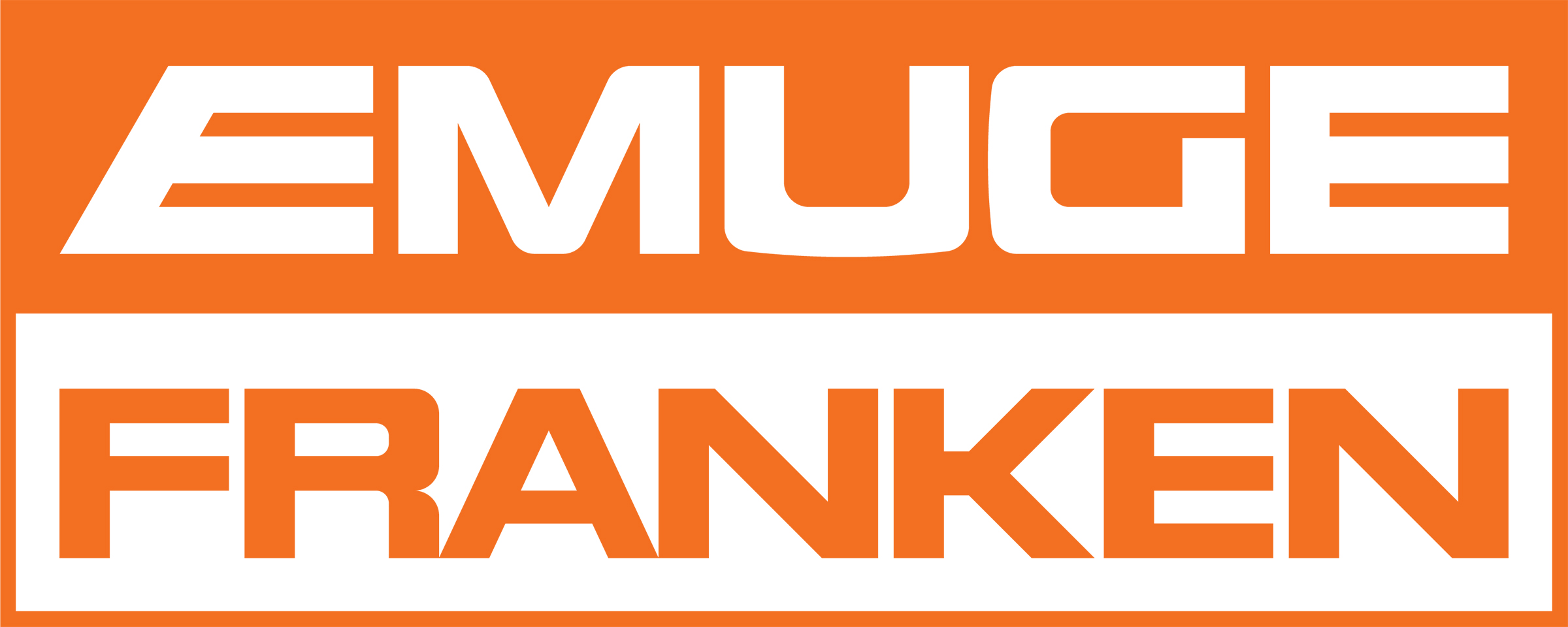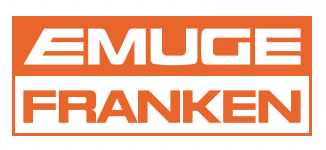 Emuge Corp. has changed the company brand name to Emuge-Franken. With the exception of North America, the Emuge-Franken brand name has been in use internationally since 1958, when Emuge acquired Franken, a German manufacturer of milling tools.
Emuge Corp. has changed the company brand name to Emuge-Franken. With the exception of North America, the Emuge-Franken brand name has been in use internationally since 1958, when Emuge acquired Franken, a German manufacturer of milling tools.
Emuge’s U.S.A. footprint was established in 1984 when the company introduced its tapping and thread milling products, followed by broader product expansion.
The Emuge-Franken brand in North America will now be associated with the company’s line of cutting tool solutions ranging from taps, thread mills and end mills, to carbide drills, tool holders, precision workholding/clamping devices, and other rotary cutting tools. In all, more than 40,000 manufactured items are sold through distributors worldwide.
“North America became very familiar with the Emuge brand associated with threading tools for years, but the name Franken and associated end mills were known to a lesser extent,” said Bob Hellinger, president of Emuge Corp. “However, in recent years our Emuge-Franken end mill product sales have grown extensively. As we aggressively continue the expansion of our milling tool portfolio including the manufacture of end mills here in the U.S., as well as in Germany, we have decided to formally change the brand name to Emuge-Franken.”
“Emuge-Franken, the innovator of Circle Segment end mill technology, is dedicated to further developing the end mill program to meet evolving market requirements.”
Emuge-Franken’s North American headquarters is an expanded 50,000-square-foot facility with a technology and training center, tool reconditioning, and manufacturing, including end mills for advanced machining applications such as aerospace, medical, automotive, and energy. The facility provides additional capacity to domestically manufacture special solid carbide tooling and other standard solutions within the Emuge-Franken milling tools portfolio.
For more information on Emuge-Franken USA, phone 800-323-3013 or visit www.emuge.com.
Contact Details
Related Glossary Terms
- gang cutting ( milling)
gang cutting ( milling)
Machining with several cutters mounted on a single arbor, generally for simultaneous cutting.
- milling
milling
Machining operation in which metal or other material is removed by applying power to a rotating cutter. In vertical milling, the cutting tool is mounted vertically on the spindle. In horizontal milling, the cutting tool is mounted horizontally, either directly on the spindle or on an arbor. Horizontal milling is further broken down into conventional milling, where the cutter rotates opposite the direction of feed, or “up” into the workpiece; and climb milling, where the cutter rotates in the direction of feed, or “down” into the workpiece. Milling operations include plane or surface milling, endmilling, facemilling, angle milling, form milling and profiling.
- milling machine ( mill)
milling machine ( mill)
Runs endmills and arbor-mounted milling cutters. Features include a head with a spindle that drives the cutters; a column, knee and table that provide motion in the three Cartesian axes; and a base that supports the components and houses the cutting-fluid pump and reservoir. The work is mounted on the table and fed into the rotating cutter or endmill to accomplish the milling steps; vertical milling machines also feed endmills into the work by means of a spindle-mounted quill. Models range from small manual machines to big bed-type and duplex mills. All take one of three basic forms: vertical, horizontal or convertible horizontal/vertical. Vertical machines may be knee-type (the table is mounted on a knee that can be elevated) or bed-type (the table is securely supported and only moves horizontally). In general, horizontal machines are bigger and more powerful, while vertical machines are lighter but more versatile and easier to set up and operate.
- tapping
tapping
Machining operation in which a tap, with teeth on its periphery, cuts internal threads in a predrilled hole having a smaller diameter than the tap diameter. Threads are formed by a combined rotary and axial-relative motion between tap and workpiece. See tap.
- threading
threading
Process of both external (e.g., thread milling) and internal (e.g., tapping, thread milling) cutting, turning and rolling of threads into particular material. Standardized specifications are available to determine the desired results of the threading process. Numerous thread-series designations are written for specific applications. Threading often is performed on a lathe. Specifications such as thread height are critical in determining the strength of the threads. The material used is taken into consideration in determining the expected results of any particular application for that threaded piece. In external threading, a calculated depth is required as well as a particular angle to the cut. To perform internal threading, the exact diameter to bore the hole is critical before threading. The threads are distinguished from one another by the amount of tolerance and/or allowance that is specified. See turning.

